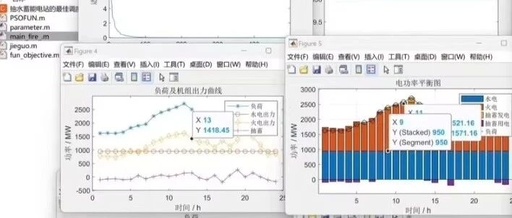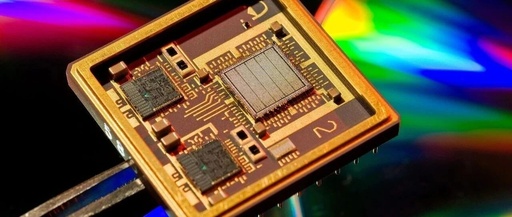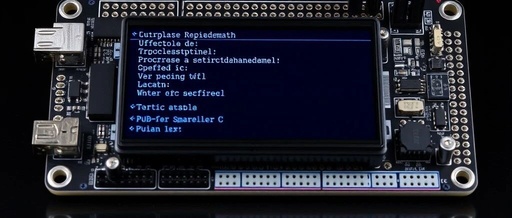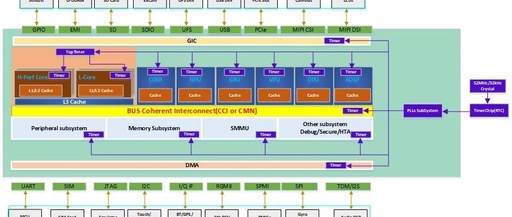How FreeRTOS Manages Time: An Analysis of Tick, Interrupts, and Scheduling Mechanisms
Table of Contents Background and Overview Source and Configuration of Tick Timer 2.1 <span>configTICK_RATE_HZ</span> 2.2 Hardware Timer & <span>vPortSetupTimerInterrupt</span> Processing Flow of Tick Interrupt 3.1 Interrupt Entry and FreeRTOS Hook 3.2 Time Statistics and Delay Management Time Slicing and Dynamic Priority Scheduling 4.1 Preemptive vs. Cooperative Kernel 4.2 Round Robin Scheduling Context Switching Mechanism 5.1 … Read more









